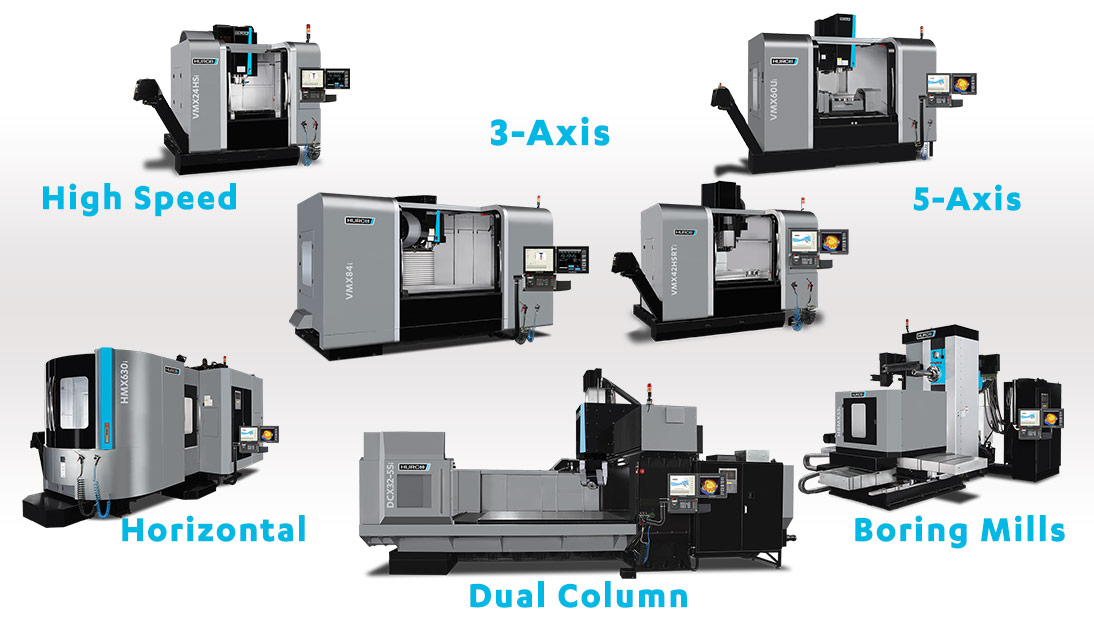CNC (Computer Numerical Control) machines work by creating a blueprint on CAD (Computer Aided Design) software, translating it into a language which the CNC machine can read (G-code), then the CNC machine carries out the instructed actions.
CNC machines come in a number of shapes and sizes, with various uses and functions. When it comes to purchasing a CNC machine, it’s useful to know which appliance is most suitable for the operation you have in mind. To help you resolve this, here is a list of the most used CNC machines and their capabilities.

Lathe
A lathe tends to be used for conical, spherical or cylindrical shaped designs. This is because the machine functions by rapidly rotating the desired material whilst introducing the tool to the spinning object in order to shape it.
Milling Machine
Milling machines are used for cutting, slicing or shaving the material of your choice. Unlike the lathe, the milling introduces rotary cutters to a still object. Milling machines can be programmed to be used at varying depths, directions and angles.
Laser and Plasma Cutters
As the names suggest, the laser and plasma cutters use their respective modes to cut into objects. The main differences between the two are the precision and materials that each are better suited for. Laser cutters have the ability to create more detailed and precise designs, whereas plasma cutters are capable of working with denser and more durable materials.
Pick and Place Machines
Pick and place machines are used primarily for circuit boards and work by using tiny nozzles with a suction function to attach to electrical components and move them to the appropriate coordinates which have been programmed into the machine.
CNC Routers
Routers are used to cut materials in sheet form. The tool moves across an X,Y,Z axis to follow its pre-programmed directions and can be used on multiple materials such as plastic, metal or wood. 3D CNC routers are also available, but the 2D versions are most common.
3D Printers
Though 3D printers fall under the umbrella of CNC machining, some argue that they don’t make the cut due to their functioning being of additive manufacturing rather than subtractive manufacturing, which is how the rest of the CNC machines work. Regardless of this, they are still a CNC machine in terms of programming. They create shapes by reading the inputted design and creating the object using layer upon layer of material (often a form of plastic) until the desired blueprint has been created.

